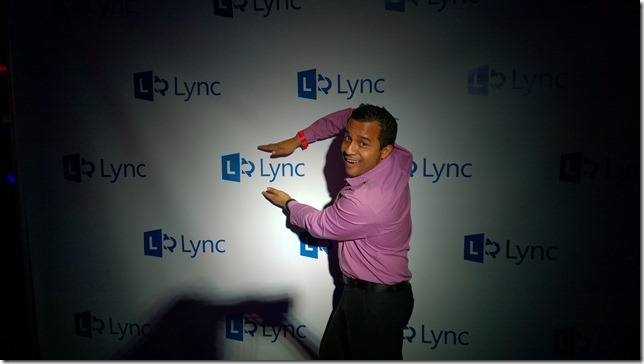Estos son los 10 ataques mas sonados en internet, a continuación detallo los ataques sin orden de selección (en inglés):
Titan Rain
Titan Rain was the code name given by the FBI for a series of infiltrations into US military security, including NASA and Lockheed Martin – the world’s largest weapons maker. Titan Rain was discovered by Shawn Carpenter, a Sandia National Laboratories employee in 2004, with many other military targets thought to be have been hit. The hack not only gained information to very sensitive material, it also left behind many backdoors and ‘zombify’ machines, meaning that any future hack could be now achieved easier. Known to be one of the biggest hacks of all time, it is believed that the original hack originated from China.
Mafiaboy
Michael Calce become famous for his alias Mafiaboy when he took down Yahoo!, the world’s dominate search engine at the time in 2000, for a whole hour. He was 15 at the time. As well as this, Mafiaboy also attacked other companies like Amazon, CNN and Ebay. According to industry experts, the total amount of damage caused by Mafiaboy’s attacks reached around $1.2 billion. Due to his age, he only ended up with a sentence of eight months open custody, restricted use of the internet and a minor fine.
Sony PlayStaion Network
Earlier in the year, the news broke that the user IDs and passwords of over 77 million Sony PlayStation users had been stolen. This was followed by another attack on the network where information including the home addresses and credit card details were released online. Thought to be the work of LulzSec, it is estimated that the total damage of the hacks may range from $1 billion to $2 billion, making it one of the costliest hacks ever seen.
Epsilon
While not an instantly recognisable name, the hack into Epsilon is one of the worst data breaches in corporate history with a cost that could have reached $4 billion. Epsilon provide marketing and email marketing to many large organisations, seven of which appeared in the top 10 of the Fortune 100 list. The Dallas-based company send over 40 billion emails a year to more than 2,500 companies and it is estimated that it is in possession of around 250 million email addresses, with the true extent of the damage that occurred when these were compromised difficult to fully grasp.
Morris Worm
Robert Tappan Morris is credited for creating the first ever internet worm, albeit by complete accident. Morris created the Morris Worm as when he tried to find out the true size of the internet. But instead, he created a program that quickly spread over the vast spans of the global network and caused substantial damage, indluding at least 6000 computers becoming completely unusable after being affected. He became the first person to be prosecuted under the 1986 Computer Fraud and Abuse Act and was sentenced to three years of probation.
Adrian lamo
Lamo has gained a reputation as one of the most renowned hackers in history after some high-profile hacks into networks such as Microsoft and the New York Times. What makes Limo’s attacks different to many others is that there was never any malice in his attacks. Instead he’d mainly just leave clues around the place on how these huge corporations could improve their security and pointed out to them any existing vulnerabilities. He gained the nickname «homeless hacker» after it was revealed that Lamo never used his own computer for these attacks, but instead preferred to use public access points such as cafes and libraries.
Mydoom Virus
First arriving in January 2004, the Mydoom virus is thought to have caused the most amount of damage by any virus ever- estimated at $39 billion so far. A computer worm that affected Windows Microsoft, the Mydoom is the fastest-spreading virus ever seen and resurfaced as recent as 2009 as more attacks affected South Korea and the US. Its creators still remain a mystery but the first emails containing it emerged from Russia.
The Original Logic Bomb
The CIA used the Logic Bomb – a piece of code that changes the workings of a system completely – to dangerous effect in 1982. Without sending a missile or any other explosive device, the US blew up a Siberian gas pipeline which was described by an air force secretary as «the most monumental non-nuclear explosion and fire ever seen from space.» While there have been reports that this may be a hoax, the idea that cyber-attacks could be used in this way changed the world of the internet and cyber-hacking forever.
cyber attacks, which coincided with the Russian military’s invasion of Georgia in August 2008, were carried out by two separate groups. The attacks were significant because they made it almost impossible for citizens and officials alike to communicate about what was happening on the ground during the military operation.
Georgian cyber attacks launched by Russian crime gangs
In 2008 cyber attacks, which coincided with the Russian military’s invasion of Georgia in August 2008, were carried out by two separate groups. The attacks were significant because they made it almost impossible for citizens and officials alike to communicate about what was happening on the ground during the military operation.
Sven Jaschan
In 2004, 18-year-old Jaschan released the infamous Sasser computer worm, which went onto affect tens of millions of computers world-wide. It was reported that around 70 per cent of infected computers in the first half of 2004 were as a result of Jaschan’s worm. It reached its highest level of destruction when it disabled the Delta Air Lines computer system, causing the cancellation of several flights.
Source:
http://uk.ibtimes.com/articles/241238/20111101/biggest-cyber-attacks-time-hacking-china-google.htm
TechNet Security:
http://technet.microsoft.com/es-es/security/bb291012
RT: @markrussinovich











